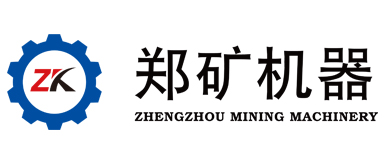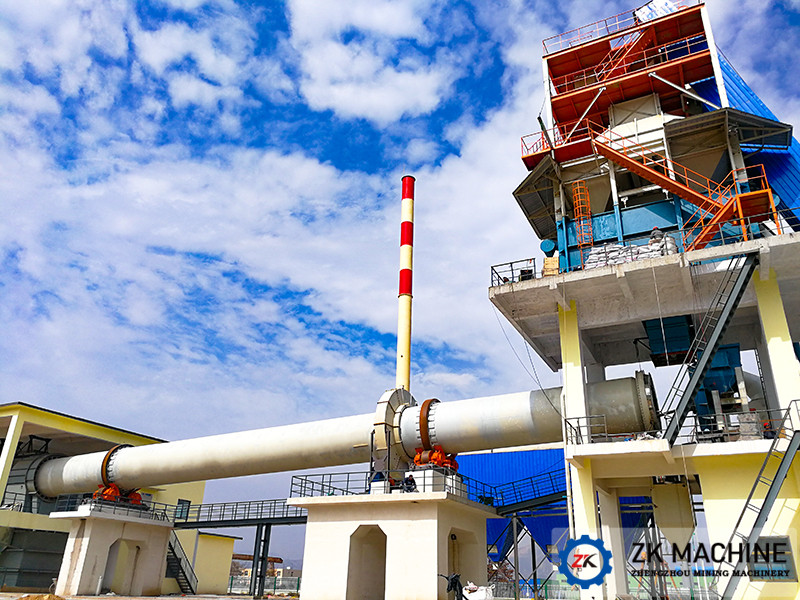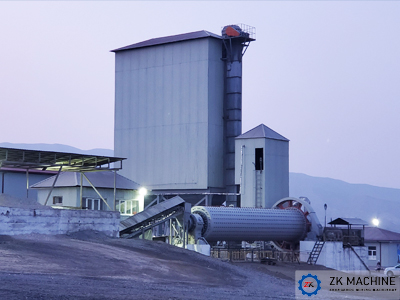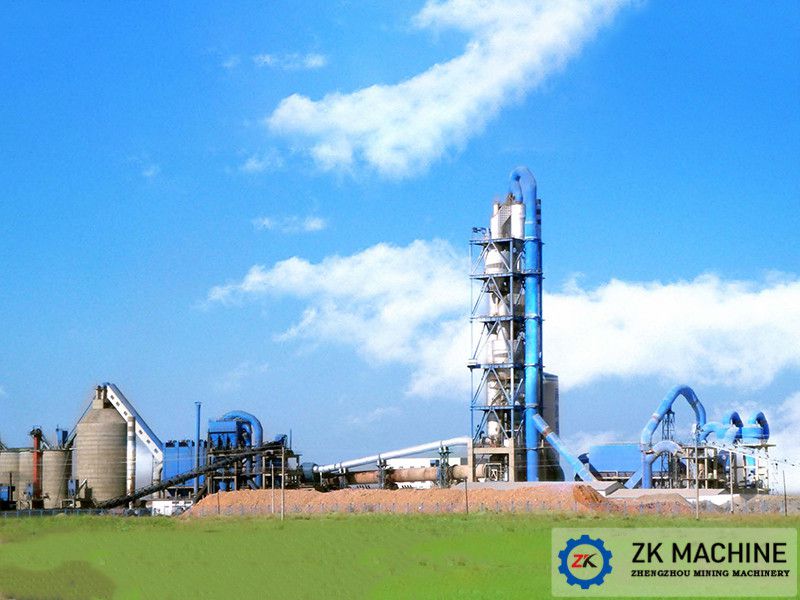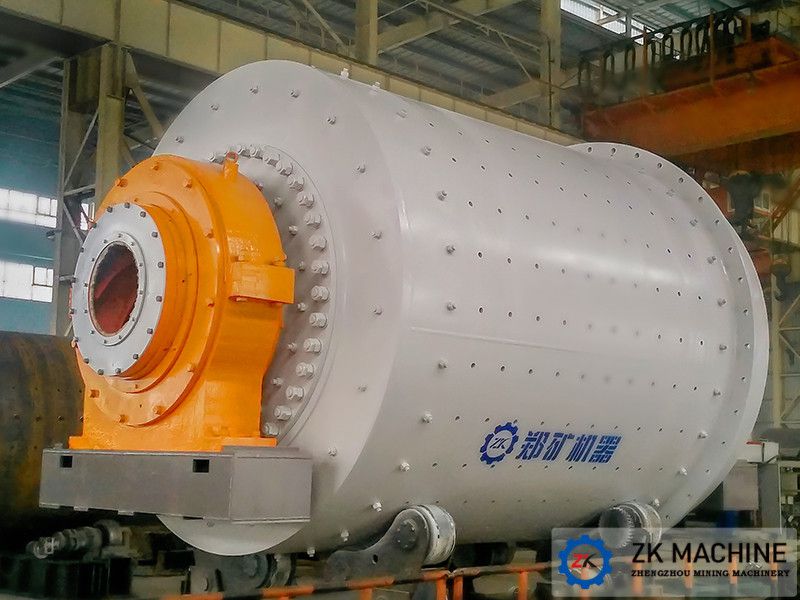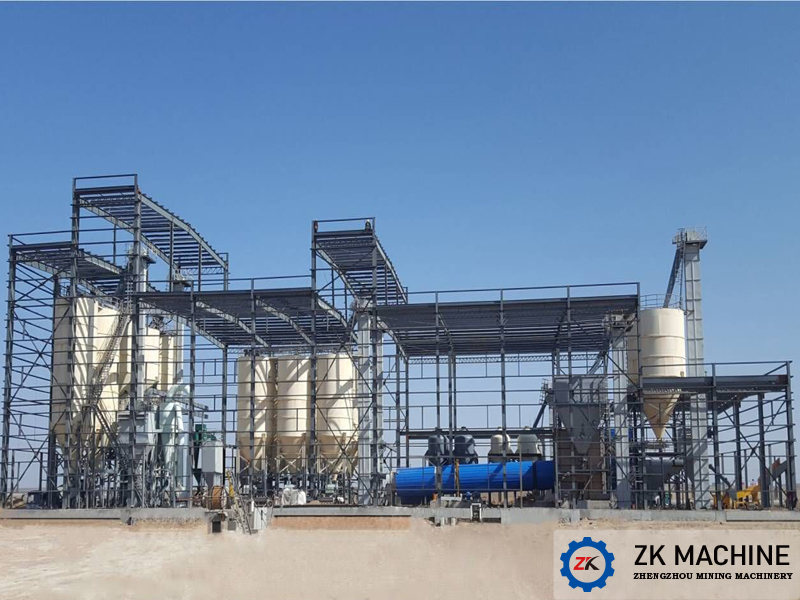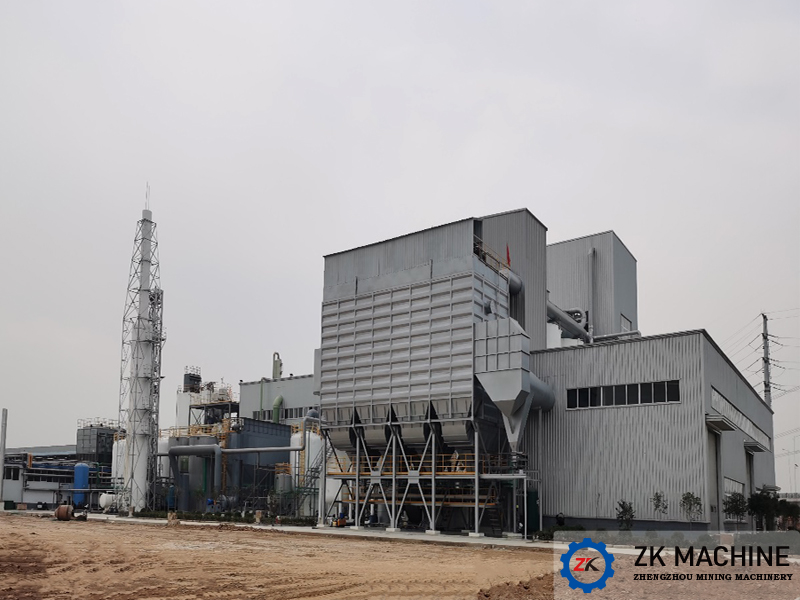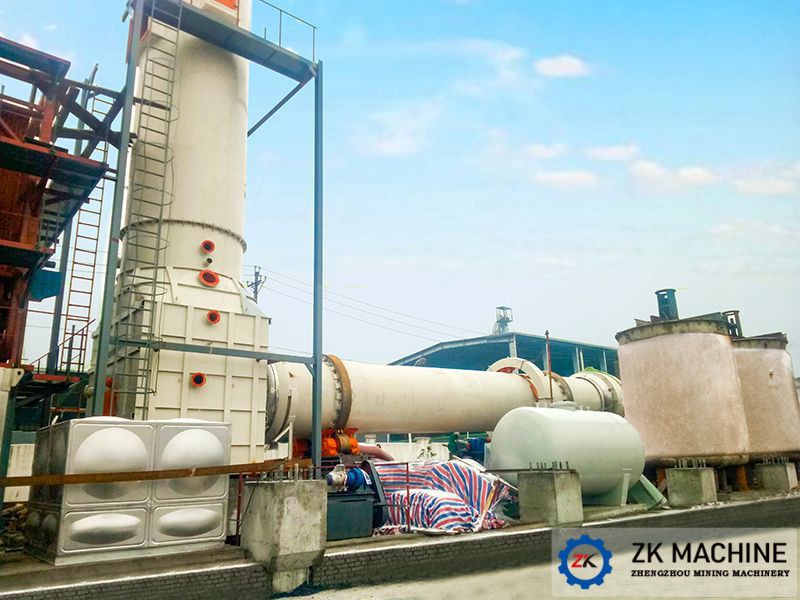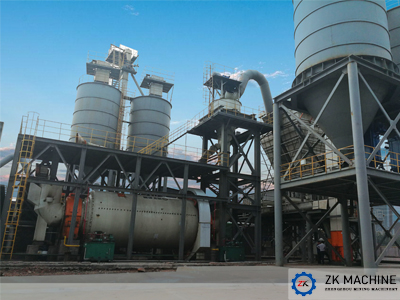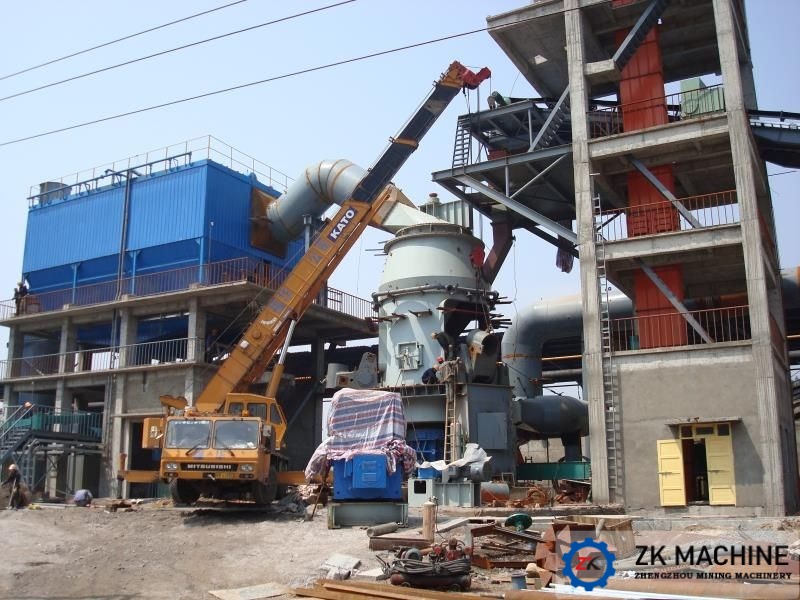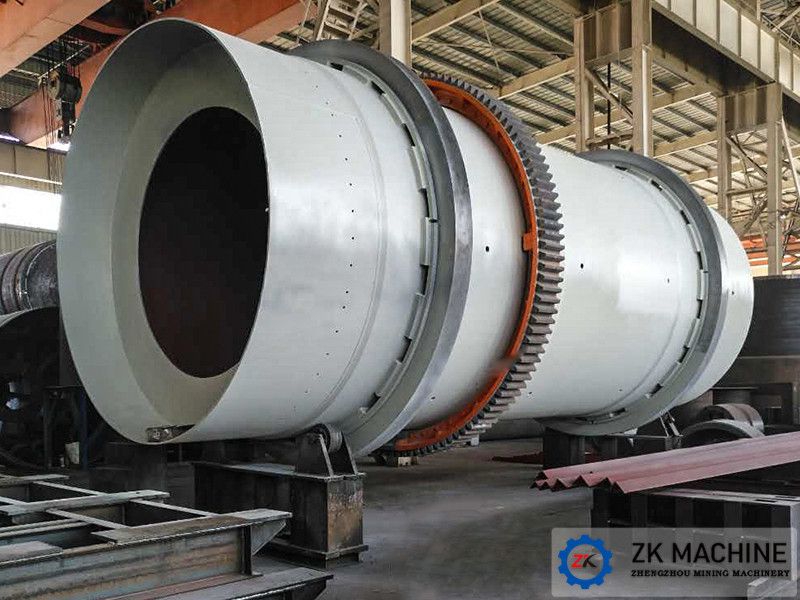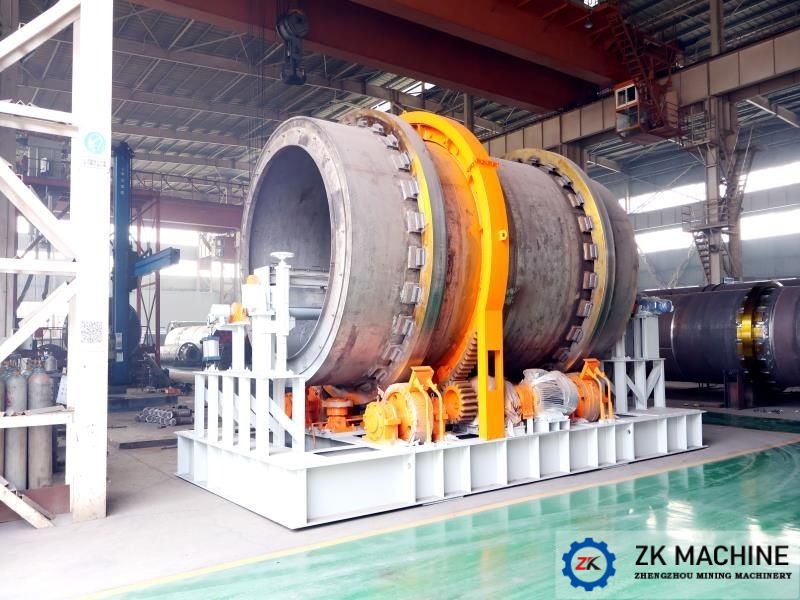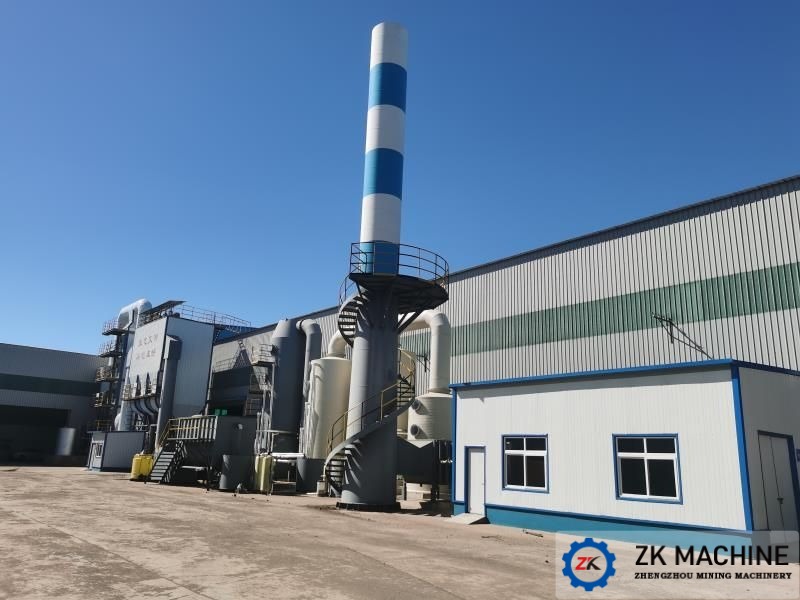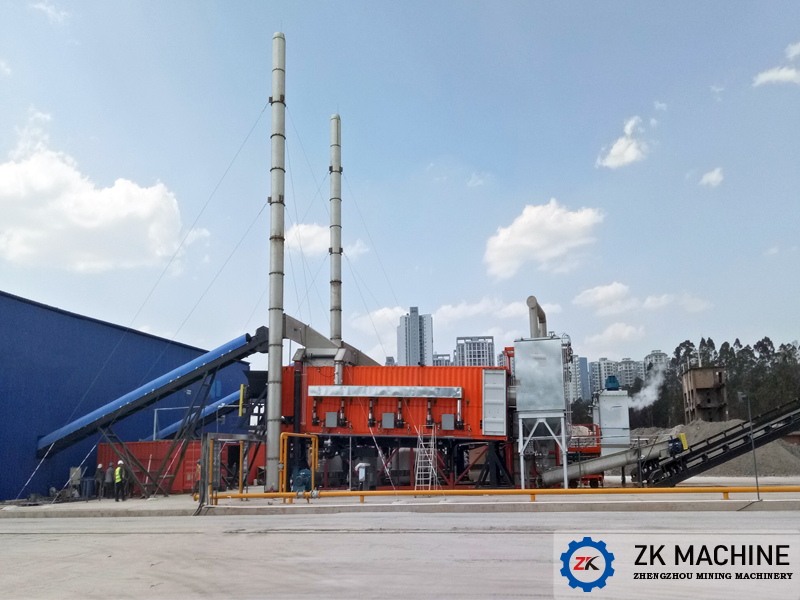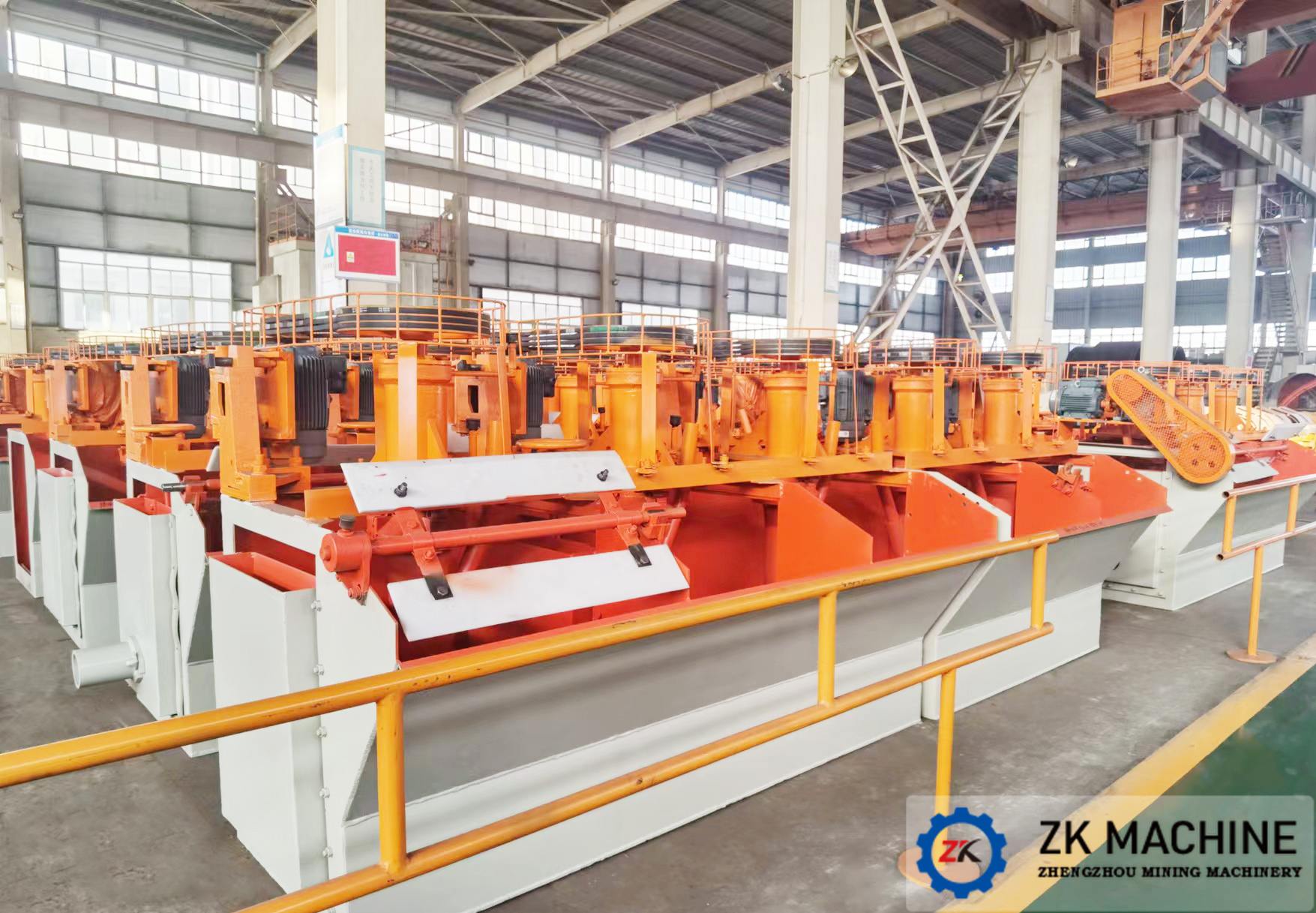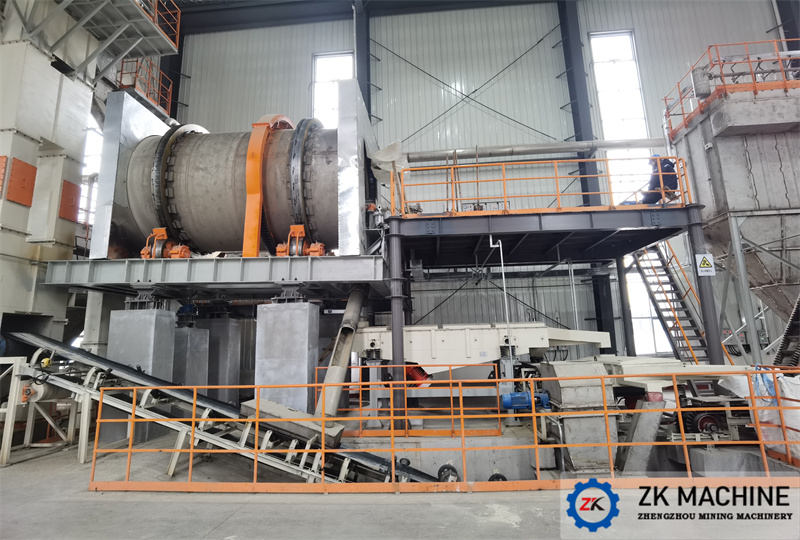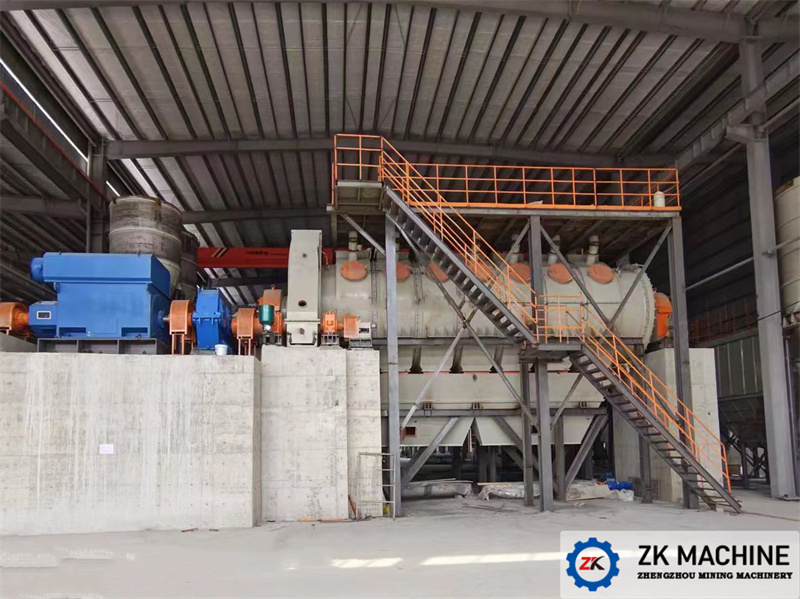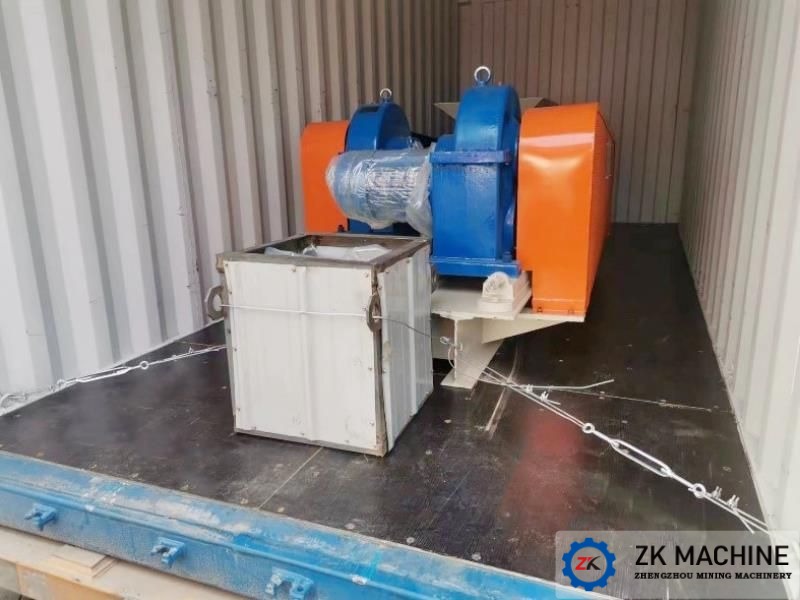Introduction of High Weir Single Screw Classifier
1. Introduction to High Weir Single Screw Classifier
Spiral classifiers can be divided into single-spiral and double-spiral classifiers according to the number of spiral shafts. According to the height of the overflow weir, they can be divided into three types: high weir type, low weir type and submerged type.
The overflow weir position of the high weir type spiral classifier is higher than the bearing center at the lower end of the spiral shaft, but lower than the upper edge of the overflow end spiral. It has a certain settling area and is suitable for coarse particle classification, and can obtain an overflow particle size greater than 100 mesh.
The overflow weir of the low-weir spiral classifier is lower than the bearing center of the overflow end, so the settling area is small and the overflow production capacity is low. It is usually not used in grading operations and is used to flush ore for desliming.
The entire spiral at the overflow end of the submersible spiral classifier is immersed under the liquid level in the settling zone. The settling zone has a large area and depth, and is suitable for fine particle classification, and can obtain an overflow particle size of less than 100 mesh.
2. Composition of high weir type single spiral hierarchical structure
High Weir Single Screw Classifier mainly consists of tank components, spiral device, transmission device, lifting mechanism, etc.
Tank body parts: Semi-circular water tank, welded by steel plates and section steel, is the body of the spiral classifier. There is a sand return port at the lower part of the upper end of the tank body. There is a discharge valve at the bottom of the lower end of the tank. This valve is closed during normal operation and opened to discharge the slurry under special circumstances such as failure.
Spiral device: It is the main component of this machine. Its main shaft is a high-quality seamless steel pipe. The seamless steel pipe (hollow shaft) has shaft diameters welded on both ends and is supported in the supports at both ends. The shaft is equipped with a bracket that is suitable for the spiral lead angle in the form of a clamp, and the left and right spiral blades are fixed on it. The spiral mechanism mostly adopts a double-head equal pitch spiral, and the spiral blade material is Q355B, which ensures the service life of the equipment. The spiral rotation stirs the slurry to float the light and fine particles, and at the same time discharges the coarse and heavy particles that sink to the bottom of the tank to the upper end.
The bearing support at the lower end needs a good sealing device because it is immersed in the slurry for a long time. The packing labyrinth seal type is adopted to improve the sealing performance and extend the service life of the bearing. The lower shaft head and the spiral body are connected by flange for easy replacement.
Transmission device: The spiral shaft of the spiral classifier is driven through the motor, pulley, reducer, and cross slide coupling. Moreover, the original designed sliding bearings are improved into rolling bearings, which greatly improves the transmission efficiency, ensures stable equipment operation, low noise, convenient installation and maintenance, and greatly reduces operating costs, creating economic benefits for users.
Lifting mechanism: The screw components of this machine are raised and lowered manually. When the classifier ends its work, the material in the water tank will sediment. The sand settling will bury the spiral blades and cause difficulty in starting. The transmission device will be overloaded. Therefore, the spiral device must be lifted out of the water tank to leave the sediment layer. A lifting mechanism is provided for this purpose. In addition, if the coarse sand sedimentation layer is too thick during rotation and makes it difficult to rotate the spiral shaft, it can also be slightly raised to prevent damage to the blades and other mechanical parts.
3. Working principle of spiral classifier:
The finely ground slurry is fed into the water tank from the feed inlet located in the middle of the settling area. The lower end of the water tank installed at an angle is the graded settling area of the slurry. The spiral rotates at a low speed to stir the slurry, causing light and fine particles to float above and flow to The overflow side weir overflows and enters the next process for processing. The coarse and heavy particles settle to the bottom of the tank and are sent to the discharge port by the spiral and discharged as return sand. Usually the spiral classifier forms a closed circuit with the mill, and the coarse sand is returned to the mill for regrinding.
